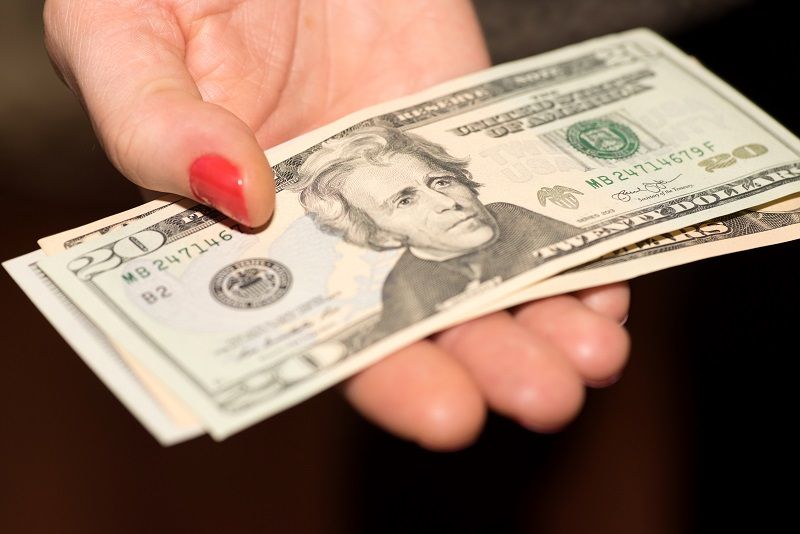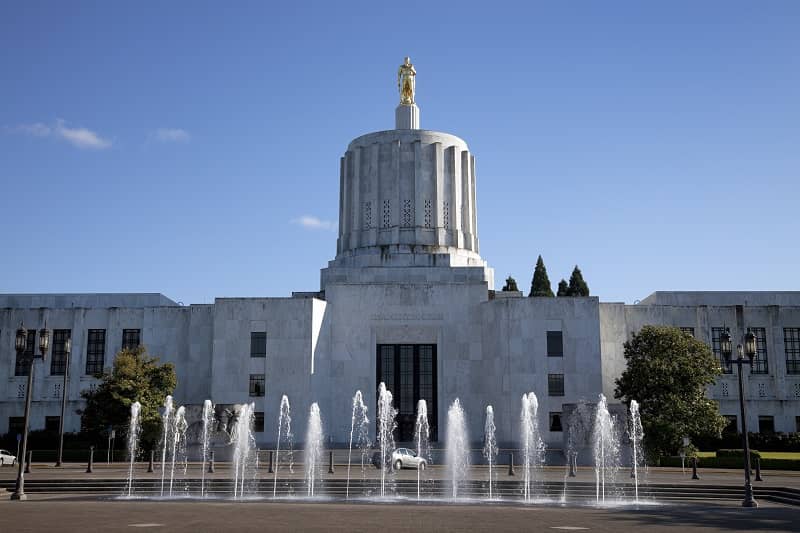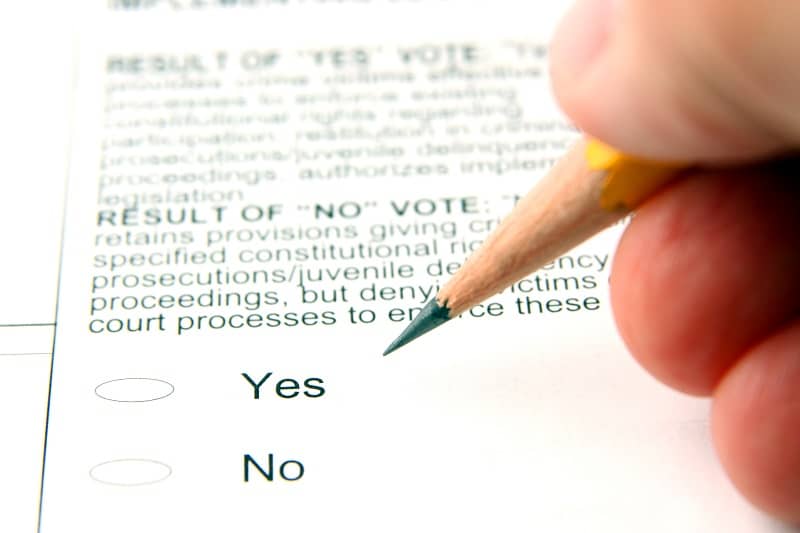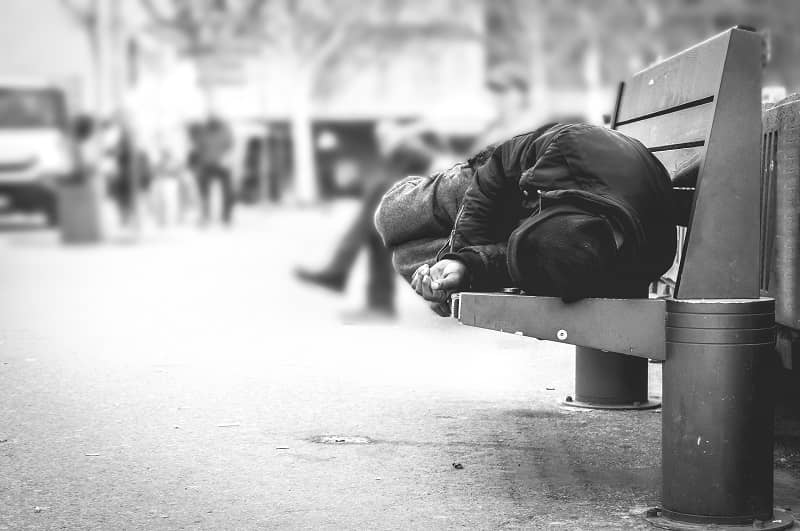
A new tool for helping the poor is proving effective around the world. Microfinance institutions provide small loans and other financial services to low income individuals who are considered unbankable by traditional lending standards, usually because they do not have the collateral to secure a loan from a bank.
These nongovernmental organizations are small and flexible, so they are especially suited to help people out of the poverty trap. They can adapt their programs to the needs of the individuals and communities they serve because there is no bureaucracy to deal with. Local people run the programs and are able to identify the most deserving recipients. The programs also allow clients to keep their dignity because they are asking for a loan, not receiving a handout.
Microfinance is found mainly in developing countries, but it is making inroads across the United States. In a July 23 article, the Portland Tribune told the story of a Romanian immigrant laid off from her job. She secured a loan from Portland-based Mercy Corps that helped her launch a new business and life.
As microfinance grows, it will reduce poverty and dependence on government welfare programs. It’s common advice to “pull yourself up by the bootstraps.” But what if you don’t have any bootstraps to begin with? Let’s give the poor a helping hand.
© 2006, Cascade Policy Institute. All rights reserved. Permission to reprint in whole or in part is hereby granted, provided the author and Cascade Policy Institute are cited. Contact Cascade at (503) 242-0900 to arrange print or broadcast interviews on this topic. For more topics visit the QuickPoint! archive.











